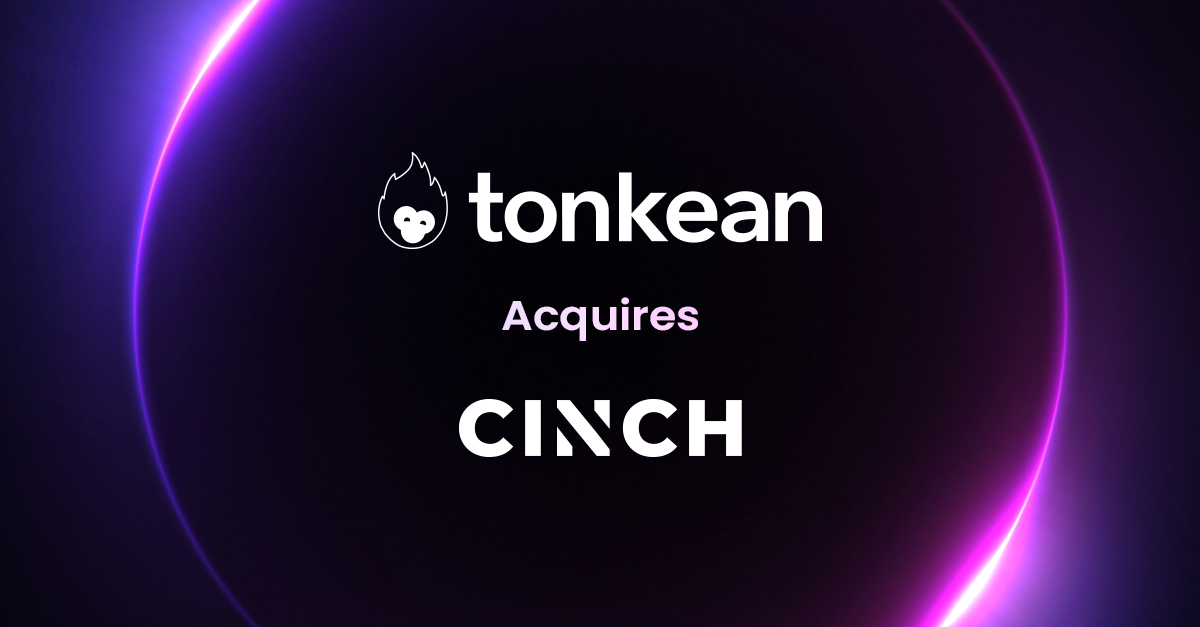
The Sourcing Industry Group (SIG) hosts all kinds of events for buy-side practitioners throughout the year. They feature executive roundtables, practical sessions, CPO presentations, analyst overviews, and TED talk-style “SIG Talks,” among other things.
Recently, Tonkean Solutions Architect (SA) Adam Boyle presented in a session at the 2023 Eastern Regional SIGnature Event, where he discussed how to solve procurement’s most pressing operational problems, including how procurement teams can increase process adoption and enhance the business value they’re able to provide.
Here are the key takeaways.
Most of us remember the anti-piracy FBI warnings that came on before movies, warning you not to redistribute or reproduce the video under threat of incarceration. An anti-piracy campaign admonished, “You wouldn’t download a car,” so why would you think it’s okay to steal this media? Of course, the warning made no sense, and it didn’t work.
So what did curb media piracy? Streaming services like Netflix. Why? The user experience was such that people could get anything and everything they wanted by turning on their TV and pressing a few buttons. Meanwhile, piracy required numerous steps, installing software, and visiting shady websites.
We’ve seen this phenomenon occur time and time again in the consumer market, yet so many of our behaviors in the enterprise are incredibly hard to change—especially those around adopting new policies, software, or processes.
In procurement, we’ve all seen the numbers on rogue or maverick spending—50%, or even as high as 80%.
But instead of looking at that problem from a data or numbers perspective, look at them from a people perspective. Habits, expectations, and context are an important part of how we look at a problem and how it ultimately affects your business and processes.

So…why aren’t people adopting your processes? Because maybe the experience of following your processes sucks. And if you want people to follow your processes, you have to think about what matters to them.
Put succinctly, when it comes to getting people to follow your processes, there’s a huge difference between a compliance mindset versus an experience mindset.
A compliance mindset is rooted in a rigid adherence to rules. “Rules,” or in procurement’s case, policies and procedures, are of course important, and following them is essential. But this mindset focuses on the wrong things—on checking boxes and ensuring that every "i" is dotted and every "t" is crossed instead of on the user experience.
The experience mindset represents a shift in perspective. It places the user, the requester, at the forefront of procurement. It seeks to create an environment where engaging with procurement is not merely a bureaucratic exercise but an engaging and user-centric journey. The experience mindset acknowledges the importance of compliance but integrates it seamlessly into a process that is intuitive, efficient, and even enjoyable for the requester.
Regardless of the approach, the goal is the same: getting people to follow your policies and processes. Which is to say, increasing process adoption.
Does anyone really think that you’ll get there by layering on more training and more instructions, and pages upon pages of explanatory documentation? It doesn’t matter how complete, exhaustive, and buttoned-up all of that is.
The simple truth is that if the path you’re offering requesters isn’t the simplest and quickest way to resolution, they won’t follow it. So you need to embrace people-first process design.
Context is important to the user experience. Take Netflix as an example (again): When you log in, Netflix knows who you are, what you’ve watched, and what you’ll probably like. It serves up the shows you’ve been recently watching and even knows where in an episode you left off.
That’s just not very common in the enterprise. But then again, it’s not an apples to apples comparison, because enterprise tools are informed by multiple systems, data sources, and procedures. That’s why it’s so common to just slap a policy on something.
But nobody knows the policies; they’re just trying to make a request. And so they try to get what they need but end up frustrated. Maybe they work around or outside your system. Maybe they give up entirely.
This is how we think about things at Tonkean. We believe in leveraging context where we can use new technology like AI. But it’s useless if it’s stuck in a silo, so it has to integrate with things that already exist, wrapping around your various systems and policies to provide that frictionless experience that is context aware.

The way we’ve integrated AI into our ProcurementWorks solution, your organization’s documents, databases, policies, procedures, and workflows all inform that context. It has the ability to:
Often, users won’t even realize they’re using Tonkean. Most enterprise customers have two, three, or maybe up to 10 people who even know Tonkean is on board; those are the power users. The end users will interact with Tonkean only directly, through the apps they already use, like Ariba, Slack, and Teams.
End users might fill out a form, or send or reply to an email or chat message. For simple items, external vendors may get a reply via email and think it’s a human, but it's actually Tonkean.

The key is to use the natural way people interact and already work, focusing on their experience. That minimizes resistance, drives adoption, and ultimately helps achieve business goals.
Want to learn more about what process orchestration can do for your procurement team? Download our updated Procurement Handbook.

.png)